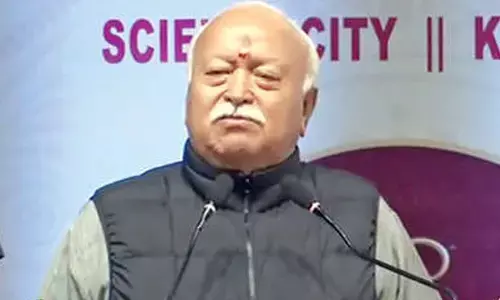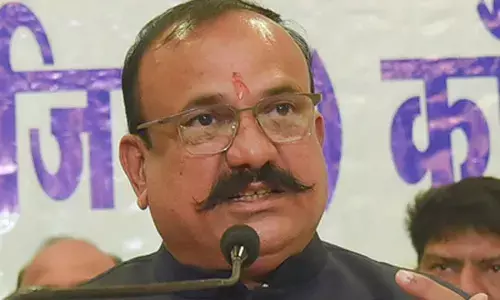Yogi government targets self-sufficiency in pulse production in next 3-4 years
Share :

Yogi Adityanath to Inaugurate Gorakhpur Link Expressway Boosting UP Connectivity
The Uttar Pradesh government is set to target self-sufficiency in the pulses' production in the next three to four years.
Lucknow: The Uttar Pradesh government is set to target self-sufficiency in the pulses' production in the next three to four years.
Uttar Pradesh has witnessed a record 36 per cent increase in pulses production in 2023-24 compared to 2016-17, rising from 2.394 million metric tonnes to 3.255 million metric tonnes.
To further increase the area under pulse cultivation and enhance yield per hectare, the Yogi government is providing comprehensive assistance to farmers with support from the central government, said a government spokesperson.
Besides, the Yogi government has prepared an action plan focusing on tur, urd, and moong to boost the pulses' production in the state. As part of this initiative, 27,200 hectares of crop demonstrations will be conducted under the National Food Security Mission Scheme.
Additionally, targets have been set to distribute 31,553 quintals of seeds and produce 27,356 quintals of certified seeds under the Pulses National Food Security Mission Scheme.
Fourteen seed hubs have also been established to produce 21,000 quintals of seeds, strengthening the system.
Like last year, mini kits of other pulse crops, such as moong and urd, will also be distributed to the farmers. The government has reiterated its commitment to purchasing pulses from farmers at the MSP and setting the MSP for these crops higher than other crops.
The government's strategy includes developing model pulse villages in the strategically significant Bundelkhand districts, which are renowned for their pulse production. These districts include Banda, Mahoba, Jalaun, Chitrakoot, and Lalitpur.
It is noteworthy that Uttar Pradesh is India's largest producer and consumer of pulses. However, the state currently produces only half of its consumption needs.
The strategy aims to increase the yield per hectare from 14 to 16 quintals within the stipulated timeframe, targeting a total yield of 3 million tonnes.
Additionally, approximately 175,000 hectares of pulse crops are planned.
To achieve this, the government will provide seeds of improved and high-yielding varieties of traditional pulse crops, with demonstrations by progressive farmers.
A large number of free seed mini kits will also be distributed to farmers, a process that is already ongoing. Furthermore, the focus will be on crops like moong and urad, which have shorter maturation periods. Mixed cropping of these pulses will also be promoted.
The government is now placing a significant emphasis on nutritional security, a step beyond mere food security.
In this initiative, pulse crops will be pivotal. Pulses, being the primary source of protein for the general population, especially vegetarians, are of utmost importance.
As a crucial protein source, pulses are indispensable for the health of the general populace, particularly the poor.
Furthermore, pulse crops, with their nitrogen-fixing properties, are beneficial for soil health.



















